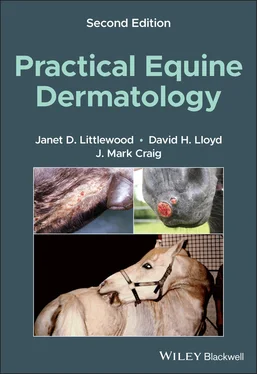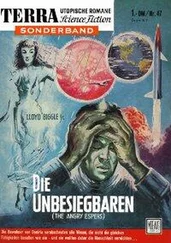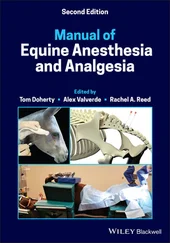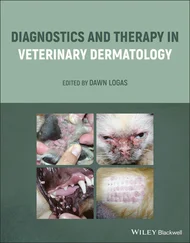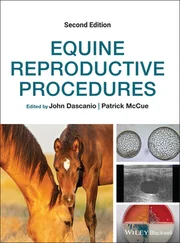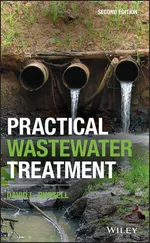Library of Congress Cataloging‐in‐Publication Data Applied for
[PB: ISBN: 9781119765486]
Cover Design: Wiley
Cover Image: © Janet D. Littlewood, Kieran O’Brien
Preface to the second edition
This second edition of Practical Equine Dermatology updates the text of the first edition and provides information on a number of new diseases. Although much of the information has not changed, it has provided the opportunity to increase greatly the number of illustrations whilst focusing the text more closely on diseases of the skin. Thus, diseases of the foot and associated structures have now been incorporated within the other problem‐orientated chapters, and conditions that are primarily orthopaedic have been omitted. In addition, suggested references and further reading are presented at the end of each chapter in order to make them more readily accessible to the reader, rather than as a single block at the end of the book.
As before, the aim has been to provide a concise, problem‐orientated text facilitating a well‐organised diagnostic approach together with a basic presentation of equine dermatology in a practical format illustrated with pictures of the principal conditions, particularly those in which visual information is an important part of diagnosis. All of the conditions likely to be encountered in the UK are included, and information on some rarer conditions, such as those that may occur in imported horses, is also provided. However, detailed information on rare and complex diseases is not included as it is anticipated that such conditions will require referral to a specialist in equine dermatology.
Indications for treatment are given within the text. These are generally based on UK practice and on products available within the UK. Where unlicensed preparations are mentioned, readers should understand that these should be used only when licensed products are not available and that efficacy and safety of unlicensed products and ‘off‐label’ use cannot be guaranteed. Issues relating to drug use in horses are considered in the final chapter on Therapy in Equine Dermatology.
This edition has been revised principally by Janet Littlewood and David Lloyd, with assistance by Mark Craig. Sadly, ‘Tommy’ Lovell Thomsett, who was a pioneer of equine dermatology in the UK, has passed away. However, his knowledge and wisdom remain as an important component of the book.
The authors hope that this text will not only provide practical help on the everyday problems of skin disease in equine practice but that it will also stimulate a deeper interest in equine dermatology.
Janet D. Littlewood
David H. Lloyd
J. Mark Craig
March 2021
The authors would like to acknowledge colleagues at Rossdales Equine Hospital and Practices for their generosity in contributing images and for support and advice during the preparation and updating of this edition of the book. They relied on the Royal Veterinary College Dermatology Group slide collection and also wish to acknowledge in particular contributions from the late Dr Keith Barnett, Dr Malcolm Brearley, Dr Harriet Brooks, Mr Andrew Browning, Dr Greg Burton, Dr Alistair Cox, Ms. K. Clarke, Dr Emily Floyd, Dr Marcus Head, Dr Sandeep Johnson, Dr Ewan Macauley, Professor Celia Marr, Mrs Jacqueline Mortimer, Dr Kieran O’Brien, Dr Richard Payne, Dr Rob Pilsworth, Dr Oliver Pynn, Dr Stephen Shaw, and Dr Liz Stevens.
While every care has been taken by the authors and publisher to ensure that the drug uses, dosages and information in this book are accurate, errors may occur and readers should refer to the manufacturer or approved labelling information for additional information.
Readers should also note that this text includes information on drugs that are not licensed for use in horses. Readers should therefore check manufacturers’ product information before using such drugs.
1 The diagnostic approach
A structured approach is essential. Vital information is obtained during the history‐taking process and sufficient time must be allowed for this. Accurate information on husbandry is particularly important. Clinical examination must include systemic and skin components. The process is illustrated with flow diagrams ( Figures 1.1and 1.2).
The approach ( Figure 1.1) is similar to that adopted in other species.Points to include are:
Breed, age, sex, origin:Consider these aspects carefully; in many conditions, these simple data will have an important impact on your diagnostic considerations.
History of skin problems in related animals.
Type of husbandry and use:Length of time owned.Use – competitions, general riding, breeding, racing.Feeding regimen.Periods spent in stable or at pasture.Type of stable and bedding – stable hygiene, contamination.Conditions in paddocks – mature meadow pasture or new grass ley, proximity of water, trees.Seasonal changes in management.Routine health care procedures – vaccination, deworming. Figure 1.1 Taking the history. Components and the sequence of the history taking process. Analysis of the history should enable the clinician to construct an initial list of differential diagnoses that may help to focus the clinical examination along particular diagnostic lines. It may enable the diagnostic process to be abbreviated where a likely diagnosis is indicated, or it may point towards the need for a more detailed approach.Grooming procedures – sharing of grooming kit, tack, grooms.Equipment used in contact with horse – boots, bandages, saddle cloths, rugs.Contact with other horses, other species – opportunities for disease transmission.History of the current problem.First signs, progression, response to treatment and management changes.Seasonal effects.Previous episodes of disease.Results of any diagnostic tests.Current or recent therapy – includes questions about use of over‐the‐counter and non‐veterinary products.Evidence of transmission – lesions in other horses, other species, humans.General health – concurrent or previous conditions.
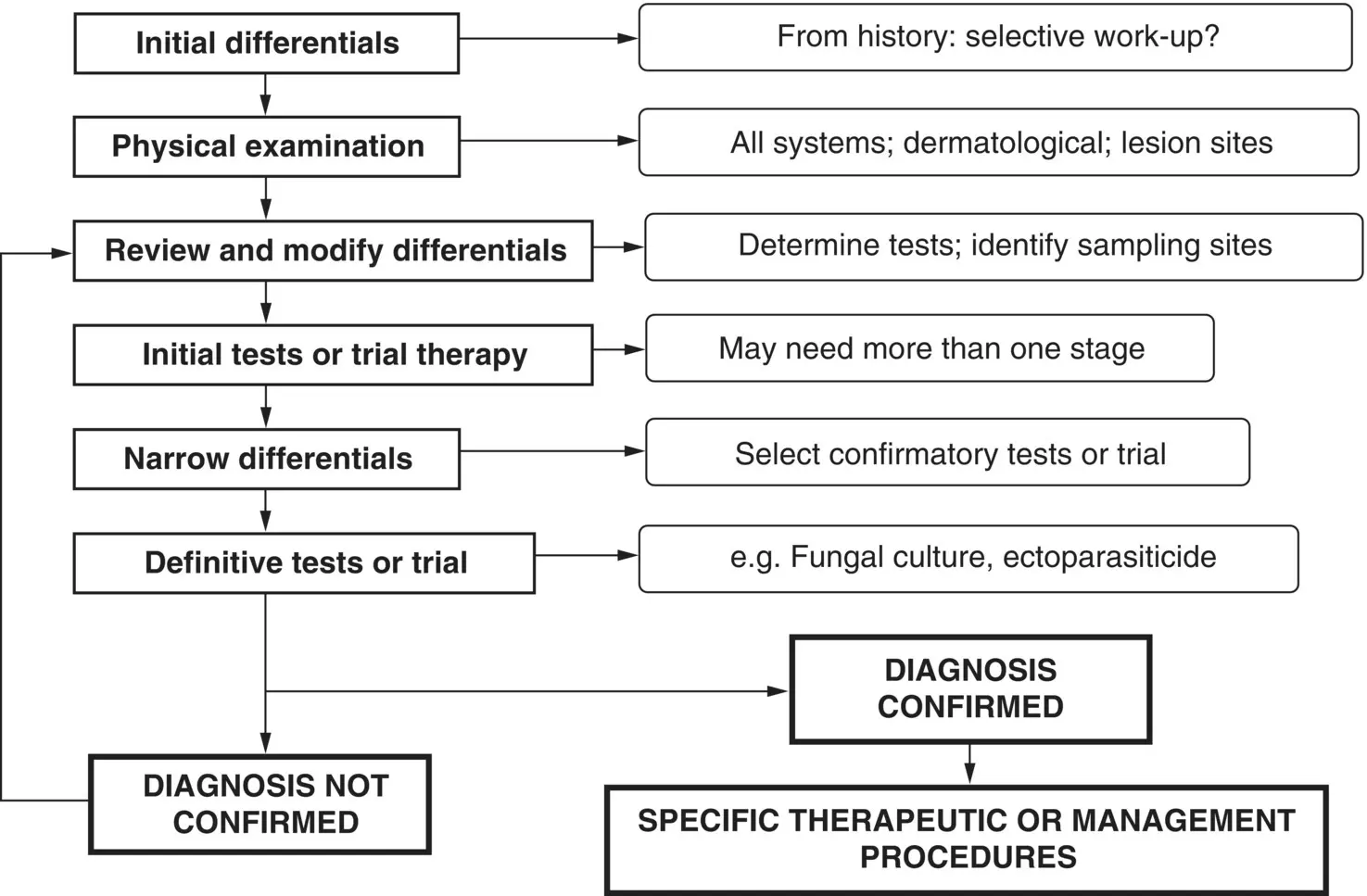
Figure 1.2 Clinical examination and diagnostic procedures. A thorough general and dermatological examination should be carried out unless the history points clearly towards a diagnosis. Examination coupled with history enable a list of differential diagnoses to be drawn up, formulation of a diagnostic plan and the selection of appropriate tests and sites to be sampled, and/or therapeutic trials.
A full clinical examination to assess both the general health status and the skin is necessary in most cases. Ensure that the animal is adequately restrained and that you have sufficient light. Work systematically down each body region, beginning at the head and ending at the tail and perineal region. Be sure to include all aspects of the feet including the coronary band and the frog. The skin may need to be cleaned to observe some lesions. In some instances, sedation may be necessary.
A record of the distribution and severity of primary and secondary lesions should be kept. Forms including a horse outline make this much easier ( Figure 1.3).
It may be helpful to visit and examine the paddocks and exercise areas used.
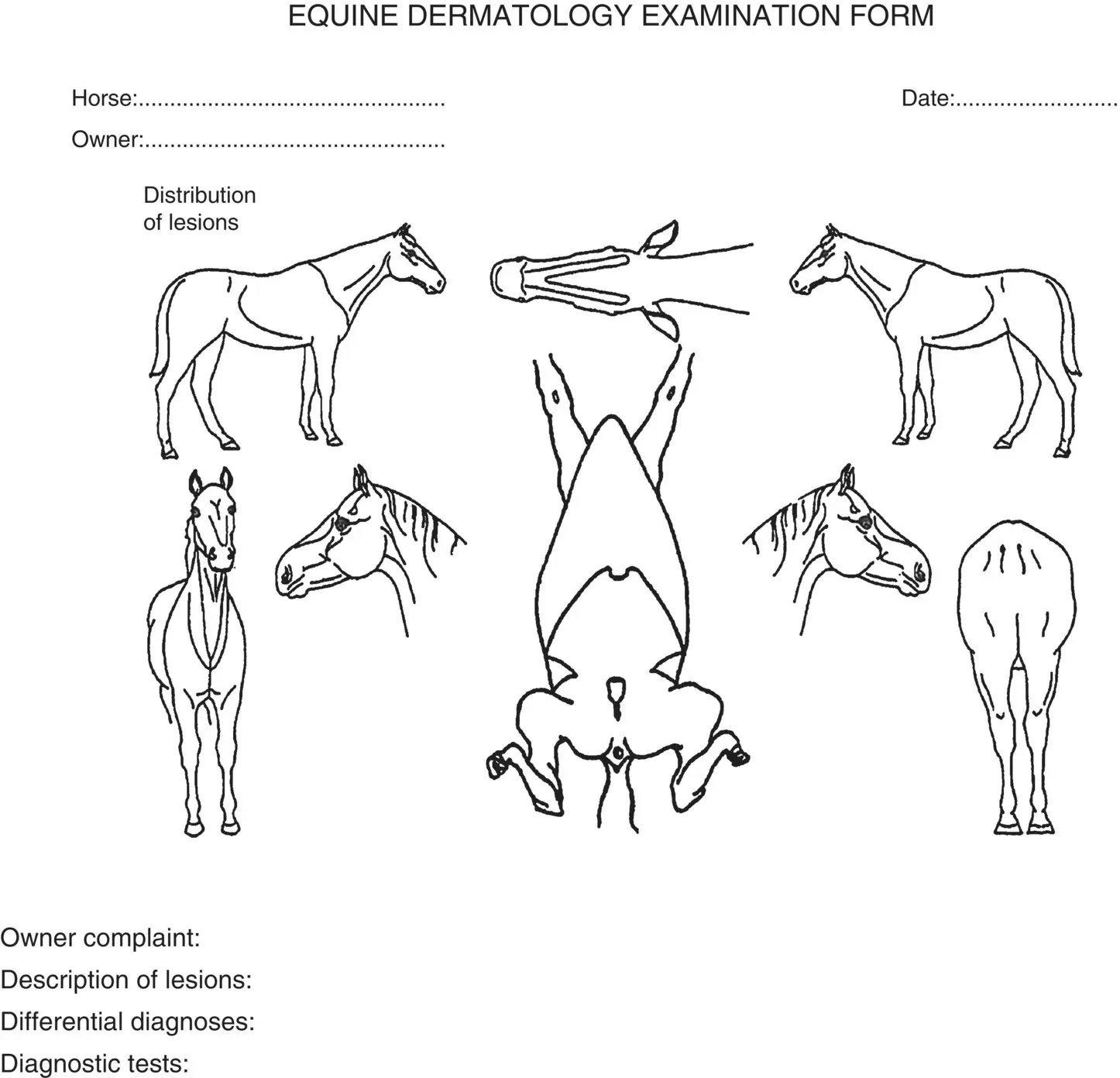
Figure 1.3 Example of an examination form for recording distribution and nature of lesions in equine dermatology cases.
Читать дальше
